
Kevin Mason
In mid-April, the Harvard Joint Centre for Housing Studies (JCHS) released its Leading Indicator of Remodeling Activity update, forecasting R&R growth ~+1.6% per quarter between now and Q1/26. This projected growth comes after a modest pullback in R&R spending in 2024 and will be welcomed by North American solid-wood producers given expected declines in demand from new residential construction in the coming quarters. …Recent pricing trends persisted in North American lumber markets over the past month, with S-P-F prices continuing lower while SYP prices moved higher. …A modest seasonal uptick in demand from treaters appears to be one of the catalysts creating SYP price improvement, while the pause on tariffs—the threat of which had previously boosted S-P-F prices—has now precipitated a drop in S-P-F lumber pricing.
As we’ve highlighted exhaustively over the past several months, duties on Canadian lumber exports to the US are scheduled to more than double later this year, and there is still potential for incremental lumber tariffs following a Section 232 investigation (there is the potential for tariffs to extend to panels, etc., but even producers don’t have any clarity). Barring an unlikely spike in lumber demand, many Canadian sawmills are likely to discover that the economics of selling lumber into the US no longer work (unless prices move substantially higher—but that will be driven by closures in Canada). …For Canadian producers, do alternative markets exist, or could a surge in Canadian homebuilding replace some of the lost volumes to the US? In short, there are no easily accessible markets that come close to the size of the US and that can be supplied by Canadian mills.
 President Trump’s tariffs on Canada may not be “totally removed” under a future trade agreement, the US ambassador says, but the two countries are on the path toward a stronger relationship. Pete Hoekstra, who serves as Trump’s envoy to Canada, says there are opportunities to secure new economic and security partnerships on the foundation set by Prime Minister Mark Carney’s visit to the White House last week. …“We had a few rough months and those types of things. But we have strong economic ties, we have strong national security ties, we have personal ties. … There is so much to this foundation. …However, Hoekstra said Canada should expect some level of tariffs on its exports under a new trade deal, even a rate lower than the ones it currently faces. He pointed to the new framework with the United Kingdom announced last week.
President Trump’s tariffs on Canada may not be “totally removed” under a future trade agreement, the US ambassador says, but the two countries are on the path toward a stronger relationship. Pete Hoekstra, who serves as Trump’s envoy to Canada, says there are opportunities to secure new economic and security partnerships on the foundation set by Prime Minister Mark Carney’s visit to the White House last week. …“We had a few rough months and those types of things. But we have strong economic ties, we have strong national security ties, we have personal ties. … There is so much to this foundation. …However, Hoekstra said Canada should expect some level of tariffs on its exports under a new trade deal, even a rate lower than the ones it currently faces. He pointed to the new framework with the United Kingdom announced last week.


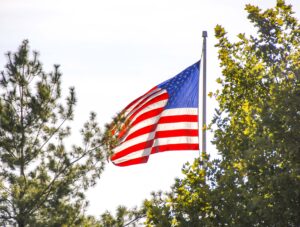 The temporary lifting of triple-digit trade levies between China and the US while trade talks get under way removes the threat of an immediate stagflationary hit to the economy. This is very good news. It goes much further than investors thought possible—the current deal reduces the extra tariffs on China to 30%, made up of the base of 10% that will be matched by China, plus a 20% duty meant to make China do more to combat fentanyl. But an even better reason for such a big bounce is that it looks like Treasury Secretary Scott Bessent is now in control of trade policy. Put simply, the grown-ups are in the room. …Don’t get your hopes too high. Tariffs are unlikely to go back to pre-Trump levels. …Bessent is after deep reform of China’s economy. [to access the full story a WSJ subscription is required]
The temporary lifting of triple-digit trade levies between China and the US while trade talks get under way removes the threat of an immediate stagflationary hit to the economy. This is very good news. It goes much further than investors thought possible—the current deal reduces the extra tariffs on China to 30%, made up of the base of 10% that will be matched by China, plus a 20% duty meant to make China do more to combat fentanyl. But an even better reason for such a big bounce is that it looks like Treasury Secretary Scott Bessent is now in control of trade policy. Put simply, the grown-ups are in the room. …Don’t get your hopes too high. Tariffs are unlikely to go back to pre-Trump levels. …Bessent is after deep reform of China’s economy. [to access the full story a WSJ subscription is required]

 MINNESOTA — The Beltrami County Work Session held on May 6, 2025… featured discussions on a proposed $137 million investment to upgrade the West Fraser facility, which is crucial for both the mill’s future and the local economy.Jeremy Buck from West Fraser presented plans to modernize the mill, which has been operational since 1981 and still uses much of its original equipment. The proposed renovations aim to enhance energy efficiency and reduce environmental impact, with the potential to preserve approximately 32 direct jobs and support an estimated 500 indirect jobs in the community. The company has applied for assistance from the Minnesota Department of Employment and Economic Development (DEED) through the Job Creation Fund, which requires a resolution of support from the county. …The next steps will involve further discussions on the budget and the resolution to support West Fraser’s investment.
MINNESOTA — The Beltrami County Work Session held on May 6, 2025… featured discussions on a proposed $137 million investment to upgrade the West Fraser facility, which is crucial for both the mill’s future and the local economy.Jeremy Buck from West Fraser presented plans to modernize the mill, which has been operational since 1981 and still uses much of its original equipment. The proposed renovations aim to enhance energy efficiency and reduce environmental impact, with the potential to preserve approximately 32 direct jobs and support an estimated 500 indirect jobs in the community. The company has applied for assistance from the Minnesota Department of Employment and Economic Development (DEED) through the Job Creation Fund, which requires a resolution of support from the county. …The next steps will involve further discussions on the budget and the resolution to support West Fraser’s investment. Interfor recorded a Net loss in Q1’25 of $35.1 million compared to a Net loss of $49.9 million and a Net loss of $72.9 million. Adjusted EBITDA was $48.6 million on sales of $735.5 million in Q1’25. …Notable items include: Lumber prices increased during Q1’25 as reflected in Interfor’s average selling price of $712 per mfbm, up $53 per mfbm versus Q4’24; lumber shipments totalled 863 million board feet, representing a 77 million board foot decrease over the prior quarter. The decrease primarily relates to the sale of the Quebec operations, weather-related curtailments and shipment delays resulting from tariff uncertainty. …The Company is well positioned with a diversified product mix…only about 24% of the Company’s total lumber production is exported from Canada to the US and exposed to a potential tariff. …Interfor expects that over the mid-term, lumber markets will continue to benefit from favourable underlying supply and demand fundamentals.
Interfor recorded a Net loss in Q1’25 of $35.1 million compared to a Net loss of $49.9 million and a Net loss of $72.9 million. Adjusted EBITDA was $48.6 million on sales of $735.5 million in Q1’25. …Notable items include: Lumber prices increased during Q1’25 as reflected in Interfor’s average selling price of $712 per mfbm, up $53 per mfbm versus Q4’24; lumber shipments totalled 863 million board feet, representing a 77 million board foot decrease over the prior quarter. The decrease primarily relates to the sale of the Quebec operations, weather-related curtailments and shipment delays resulting from tariff uncertainty. …The Company is well positioned with a diversified product mix…only about 24% of the Company’s total lumber production is exported from Canada to the US and exposed to a potential tariff. …Interfor expects that over the mid-term, lumber markets will continue to benefit from favourable underlying supply and demand fundamentals.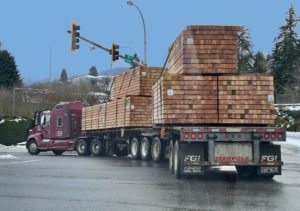 Fresh trade data shows deepening US reliance on Canadian goods, even as the president claims the opposite. …According to the US Census Bureau and Bureau of Economic Analysis, the US goods trade deficit with Canada widened to $4.9 billion in March, up sharply from prior months. The surge was driven by higher imports of Canadian-made cars, crude oil, and finished wood products — the exact categories Trump dismissed. Automotive imports rose by $2.6 billion, including a $2.1 billion spike in passenger vehicles, many of which are assembled in Canada. Oil and lumber purchases also increased, contributing to a 14% month-over-month jump in the broader US trade deficit, which hit a new monthly high of $140.5 billion in March. …The US typically runs a services surplus with Canada, and American firms rely heavily on Canadian supply chains in autos, energy, and materials, as the fresh BEA data suggests.
Fresh trade data shows deepening US reliance on Canadian goods, even as the president claims the opposite. …According to the US Census Bureau and Bureau of Economic Analysis, the US goods trade deficit with Canada widened to $4.9 billion in March, up sharply from prior months. The surge was driven by higher imports of Canadian-made cars, crude oil, and finished wood products — the exact categories Trump dismissed. Automotive imports rose by $2.6 billion, including a $2.1 billion spike in passenger vehicles, many of which are assembled in Canada. Oil and lumber purchases also increased, contributing to a 14% month-over-month jump in the broader US trade deficit, which hit a new monthly high of $140.5 billion in March. …The US typically runs a services surplus with Canada, and American firms rely heavily on Canadian supply chains in autos, energy, and materials, as the fresh BEA data suggests.
 BEIJING — China announced a barrage of measures meant to counter the blow to its economy from US President Donald Trump ’s trade war, as the two sides prepared for talks later this week. Beijing’s central bank governor and other top financial officials outlined plans Wednesday to cut interest rates and reduce bank reserve requirements to help free up more funding for lending. …Trump’s tariffs on imports from China, have begun to take a toll on its export-dependent economy at a time when it’s already under pressure from a prolonged downturn in the property sector. China has retaliated with tariff hikes of up to 125% on US goods and stopped buying most American farm products. Late Tuesday, China and the US announced plans for talks. …The agreement to talk comes at a time when both sides have remained adamant, at least in public, about not compromising on the tariffs.
BEIJING — China announced a barrage of measures meant to counter the blow to its economy from US President Donald Trump ’s trade war, as the two sides prepared for talks later this week. Beijing’s central bank governor and other top financial officials outlined plans Wednesday to cut interest rates and reduce bank reserve requirements to help free up more funding for lending. …Trump’s tariffs on imports from China, have begun to take a toll on its export-dependent economy at a time when it’s already under pressure from a prolonged downturn in the property sector. China has retaliated with tariff hikes of up to 125% on US goods and stopped buying most American farm products. Late Tuesday, China and the US announced plans for talks. …The agreement to talk comes at a time when both sides have remained adamant, at least in public, about not compromising on the tariffs.
 Mortgage loan applications saw little change in April, as refinancing activity decreased. The Market Composite Index, which measures mortgage loan application volume based on the
Mortgage loan applications saw little change in April, as refinancing activity decreased. The Market Composite Index, which measures mortgage loan application volume based on the  The Federal Reserve is likely to hold interest rates steady later on Wednesday amid fears that President Trump’s tariffs will rekindle inflation and slow economic growth. The decision to keep the Fed’s benchmark borrowing rate between 4.25% and 4.5% is widely expected by financial markets despite the president’s repeated demands for the Fed to lower interest rates. …Trade tensions have led to a sharp drop in consumer confidence. But they’ve yet to put much of a dent in the job market. …So long as tariffs threaten to put upward pressure on prices, the Fed will be inclined to keep interest rates relatively high, in an effort to prevent inflation from spiking again. That calculation could change, however, if the job market softens and unemployment starts to climb. Ordinarily, that would push the central bank toward lowering interest rates.
The Federal Reserve is likely to hold interest rates steady later on Wednesday amid fears that President Trump’s tariffs will rekindle inflation and slow economic growth. The decision to keep the Fed’s benchmark borrowing rate between 4.25% and 4.5% is widely expected by financial markets despite the president’s repeated demands for the Fed to lower interest rates. …Trade tensions have led to a sharp drop in consumer confidence. But they’ve yet to put much of a dent in the job market. …So long as tariffs threaten to put upward pressure on prices, the Fed will be inclined to keep interest rates relatively high, in an effort to prevent inflation from spiking again. That calculation could change, however, if the job market softens and unemployment starts to climb. Ordinarily, that would push the central bank toward lowering interest rates.
 House Republicans have approved an amendment that authorizes the sale of thousands of acres of federal public land in Nevada and Utah; two states where the federal government owns most of the land that have long been at the forefront of a controversial movement to cede control of it to state or private entities. The House Natural Resources committee approved the amendment late Tuesday night after previously indicating federal land sales wouldn’t be included in a budget reconciliation bill. Most of the proposed land sales or exchanges appear to be aimed at building affordable housing on US Forest Service and Bureau of Land Management land outside Las Vegas and Reno, Nevada and in fast growing southwestern Utah around the tourist town of St. George, Utah. …Democrats and environmentalists say the amendment is part of a broader far right push for a wholesale transfer of federal public lands.
House Republicans have approved an amendment that authorizes the sale of thousands of acres of federal public land in Nevada and Utah; two states where the federal government owns most of the land that have long been at the forefront of a controversial movement to cede control of it to state or private entities. The House Natural Resources committee approved the amendment late Tuesday night after previously indicating federal land sales wouldn’t be included in a budget reconciliation bill. Most of the proposed land sales or exchanges appear to be aimed at building affordable housing on US Forest Service and Bureau of Land Management land outside Las Vegas and Reno, Nevada and in fast growing southwestern Utah around the tourist town of St. George, Utah. …Democrats and environmentalists say the amendment is part of a broader far right push for a wholesale transfer of federal public lands.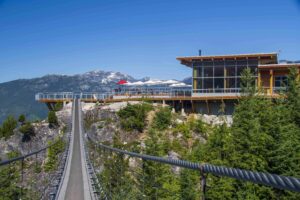 Material intelligence refers to how materials perform, adapt, and interact with ecological and cultural systems. It considers howstone, steel, or timber respond to intertangled forces, how those materials are sourced and assembled, and how they persist after demolition. Designers are centering material intelligence in constructing our cities in a generation of environmental uncertainty and strained supply chains. Few materials embody this shift as vividly as cross-laminated timber (CLT). By layering and bonding planks into structural panels, CLT offers strength, fire resistance, and a significantly lower carbon footprint than concrete or steel. Across Europe and Canada, mass timber has emerged as a centerpiece of decarbonized construction. Yet in the United States, progress has moved more slowly. Developers hesitate. Codes trail behind innovation. Conventional materials still dominate the urban skyline.
Material intelligence refers to how materials perform, adapt, and interact with ecological and cultural systems. It considers howstone, steel, or timber respond to intertangled forces, how those materials are sourced and assembled, and how they persist after demolition. Designers are centering material intelligence in constructing our cities in a generation of environmental uncertainty and strained supply chains. Few materials embody this shift as vividly as cross-laminated timber (CLT). By layering and bonding planks into structural panels, CLT offers strength, fire resistance, and a significantly lower carbon footprint than concrete or steel. Across Europe and Canada, mass timber has emerged as a centerpiece of decarbonized construction. Yet in the United States, progress has moved more slowly. Developers hesitate. Codes trail behind innovation. Conventional materials still dominate the urban skyline.

 MARYLAND — After five years of work and many interim steps, Maryland became the sixth US state to pass extended producer responsibility legislation for paper and packaging, continuing the policy’s evolution in the country. Sent to the governor on April 7, SB 901 would direct a producer responsibility organization to set goals for post-consumer recycled content, recyclability, recycling and reuse rates, source reduction, composting rates and contamination reduction. However, it also builds on newer elements, such as a phased-in approach to reimbursement, seen last year in Minnesota’s law. …The American Forest and Paper Association has called the bill “misguided.” “EPR programs are helpful for materials that don’t have strong end markets or aren’t highly recycled,” the association wrote. “Paper is a highly recycled material with strong end markets.” …Any EPR program must fully and fairly credit our early and voluntary actions to increase recycling in Maryland and across the country.”
MARYLAND — After five years of work and many interim steps, Maryland became the sixth US state to pass extended producer responsibility legislation for paper and packaging, continuing the policy’s evolution in the country. Sent to the governor on April 7, SB 901 would direct a producer responsibility organization to set goals for post-consumer recycled content, recyclability, recycling and reuse rates, source reduction, composting rates and contamination reduction. However, it also builds on newer elements, such as a phased-in approach to reimbursement, seen last year in Minnesota’s law. …The American Forest and Paper Association has called the bill “misguided.” “EPR programs are helpful for materials that don’t have strong end markets or aren’t highly recycled,” the association wrote. “Paper is a highly recycled material with strong end markets.” …Any EPR program must fully and fairly credit our early and voluntary actions to increase recycling in Maryland and across the country.”

 Oregon lawmakers appear likely to pass a bill that encourages college-credit agriculture and forestry classes in high schools, though some have doubts about its effectiveness. Senate Bill 784 would require the development of statewide standards for “dual credit” courses in these subjects, which is intended to make such classes more widely available, especially in rural areas. “Many students are eager to pursue careers in agriculture, forestry and natural resources but they need exposure and seamless pathways to higher education and industry jobs,” said Sen. Todd Nash, R-Enterprise, the bill’s chief co-sponsor. …More than 7,400 students are enrolled in natural resource programs at Oregon’s universities, showing there’s a demand for such education, so SB 784 would be a “smart investment” in the state’s future workforce, said Rep. Bobby Levy, R-Echo, the bill’s chief co-sponsor.
Oregon lawmakers appear likely to pass a bill that encourages college-credit agriculture and forestry classes in high schools, though some have doubts about its effectiveness. Senate Bill 784 would require the development of statewide standards for “dual credit” courses in these subjects, which is intended to make such classes more widely available, especially in rural areas. “Many students are eager to pursue careers in agriculture, forestry and natural resources but they need exposure and seamless pathways to higher education and industry jobs,” said Sen. Todd Nash, R-Enterprise, the bill’s chief co-sponsor. …More than 7,400 students are enrolled in natural resource programs at Oregon’s universities, showing there’s a demand for such education, so SB 784 would be a “smart investment” in the state’s future workforce, said Rep. Bobby Levy, R-Echo, the bill’s chief co-sponsor.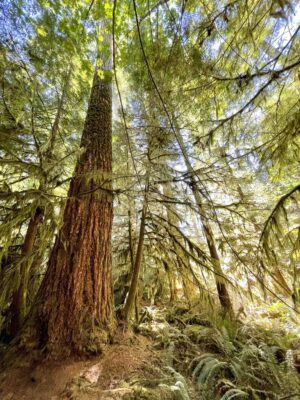 SEATTLE — Recent controversy over the management of Washington’s older state-owned forests has been dominated by an either/or framework: Either we clear-cut these tracts or prevent any harvest at all. Cut it all now or don’t cut any, ever? The human brain loves to dichotomize, but this type of either/or thinking doesn’t work in the woods. Ecologically, economically and culturally, our forests are too complex. Ecologically, climate change is altering our forests rapidly and radically. …Economically, rural areas in Washington state are a microcosm of a pattern that is global in scope. …Cultural values need to be considered as well. …We have to implement a broad array of management models and tools. Instead of re-fighting the 1980s War in the Woods and practicing lawsuit-driven forestry, we need to create flexible, forward-looking practices that will support the health of our forests and rural communities in a time of rapid change.
SEATTLE — Recent controversy over the management of Washington’s older state-owned forests has been dominated by an either/or framework: Either we clear-cut these tracts or prevent any harvest at all. Cut it all now or don’t cut any, ever? The human brain loves to dichotomize, but this type of either/or thinking doesn’t work in the woods. Ecologically, economically and culturally, our forests are too complex. Ecologically, climate change is altering our forests rapidly and radically. …Economically, rural areas in Washington state are a microcosm of a pattern that is global in scope. …Cultural values need to be considered as well. …We have to implement a broad array of management models and tools. Instead of re-fighting the 1980s War in the Woods and practicing lawsuit-driven forestry, we need to create flexible, forward-looking practices that will support the health of our forests and rural communities in a time of rapid change.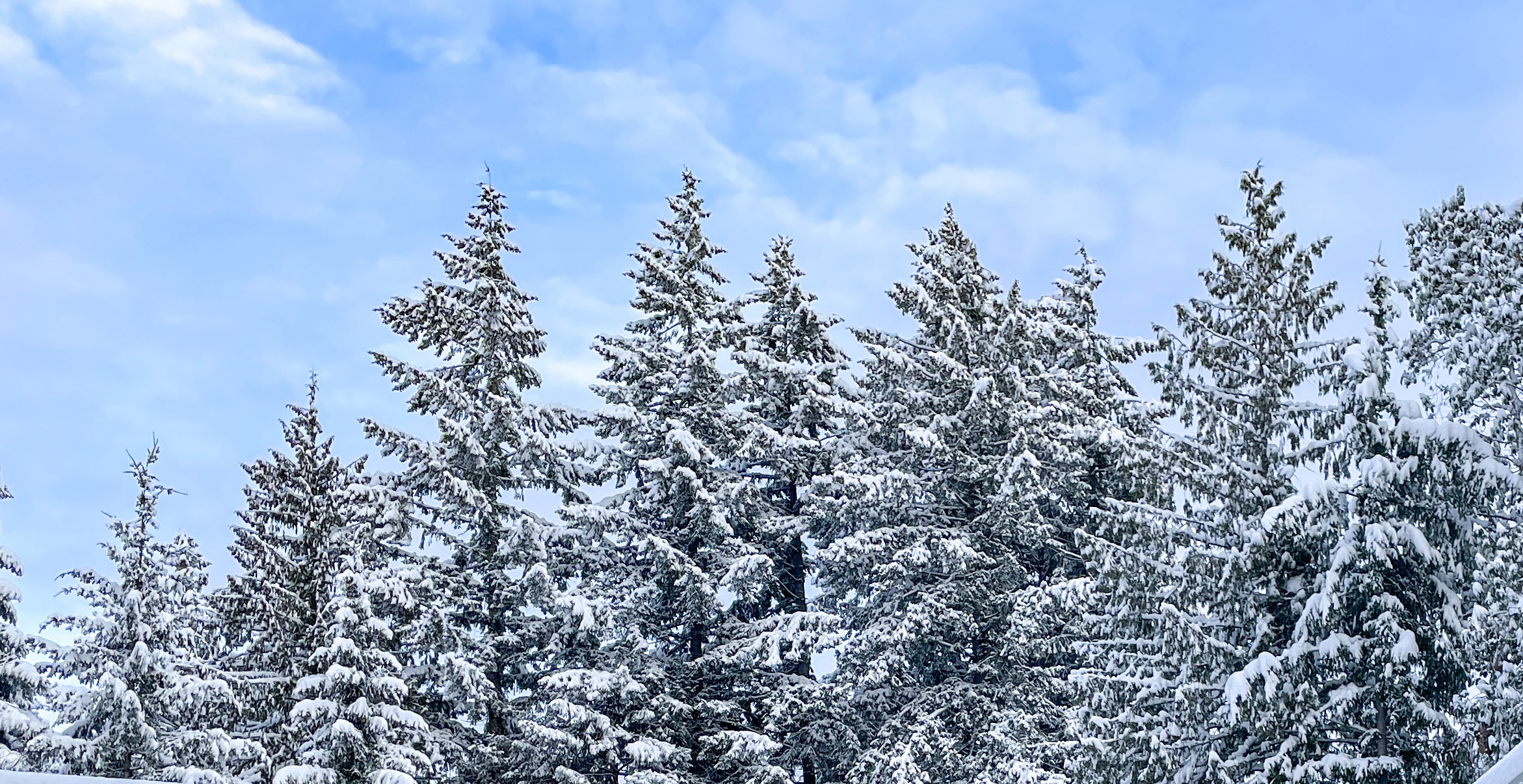 The Alaska Division of Forestry & Fire Protection (DOF) is working with the Anchorage Fire Department (AFD) Wildfire Division to implement a shaded “fuel break” in the Anchorage Hillside area extending from Hilltop Ski Area Road to Prospect Drive. Known as the East-West Connector, this project was scheduled to begin May 5 and represents a renewed effort to reduce wildfire risk through coordinated mitigation work across the Municipality of Anchorage. Wildfire Division Chief, Anchorage Fire Department, Jon Glover shared this statement: “The collaboration between the State of Alaska Division of Forestry & Fire Protection and the Anchorage Fire Department on the East-West Connector shaded fuel break represents exactly the kind of partnership our community needs. This project is more than a line on a map, it’s a commitment to proactive wildfire mitigation and public safety. Together, we’re building resilience and delivering long-term value to the residents we serve.”
The Alaska Division of Forestry & Fire Protection (DOF) is working with the Anchorage Fire Department (AFD) Wildfire Division to implement a shaded “fuel break” in the Anchorage Hillside area extending from Hilltop Ski Area Road to Prospect Drive. Known as the East-West Connector, this project was scheduled to begin May 5 and represents a renewed effort to reduce wildfire risk through coordinated mitigation work across the Municipality of Anchorage. Wildfire Division Chief, Anchorage Fire Department, Jon Glover shared this statement: “The collaboration between the State of Alaska Division of Forestry & Fire Protection and the Anchorage Fire Department on the East-West Connector shaded fuel break represents exactly the kind of partnership our community needs. This project is more than a line on a map, it’s a commitment to proactive wildfire mitigation and public safety. Together, we’re building resilience and delivering long-term value to the residents we serve.” Taking aim at “climate ideologies antithetical to the American way of life,” President Donald Trump’s
Taking aim at “climate ideologies antithetical to the American way of life,” President Donald Trump’s  WASHINGTON – U.S. Sens. Mark R. Warner and Tim Kaine (both D-VA) introduced two bills to protect wilderness in Rockingham, Augusta, Highland, and Bath counties. “We are lucky to have such beautiful natural resources in Virginia, and we need to do more to ensure that these lands are protected for future generations,” said the senators. “We’re proud to introduce this legislation to preserve wilderness in Rockingham, Augusta, Highland, and Bath counties, protect wildlife, and support local economies that depend on tourism and outdoor recreation.” These additions were recommended by the U.S. Forest Service in 2014 and endorsed by members of the George Washington National Forest Stakeholder Collaborative, a group of forest users who work together on acceptable locations in the George Washington National Forest for wilderness, timber harvest, trails, and other uses. In 2023, the tourism economy directly employed 7,562 people and generated $842.5 million in expenditures in [these areas].
WASHINGTON – U.S. Sens. Mark R. Warner and Tim Kaine (both D-VA) introduced two bills to protect wilderness in Rockingham, Augusta, Highland, and Bath counties. “We are lucky to have such beautiful natural resources in Virginia, and we need to do more to ensure that these lands are protected for future generations,” said the senators. “We’re proud to introduce this legislation to preserve wilderness in Rockingham, Augusta, Highland, and Bath counties, protect wildlife, and support local economies that depend on tourism and outdoor recreation.” These additions were recommended by the U.S. Forest Service in 2014 and endorsed by members of the George Washington National Forest Stakeholder Collaborative, a group of forest users who work together on acceptable locations in the George Washington National Forest for wilderness, timber harvest, trails, and other uses. In 2023, the tourism economy directly employed 7,562 people and generated $842.5 million in expenditures in [these areas].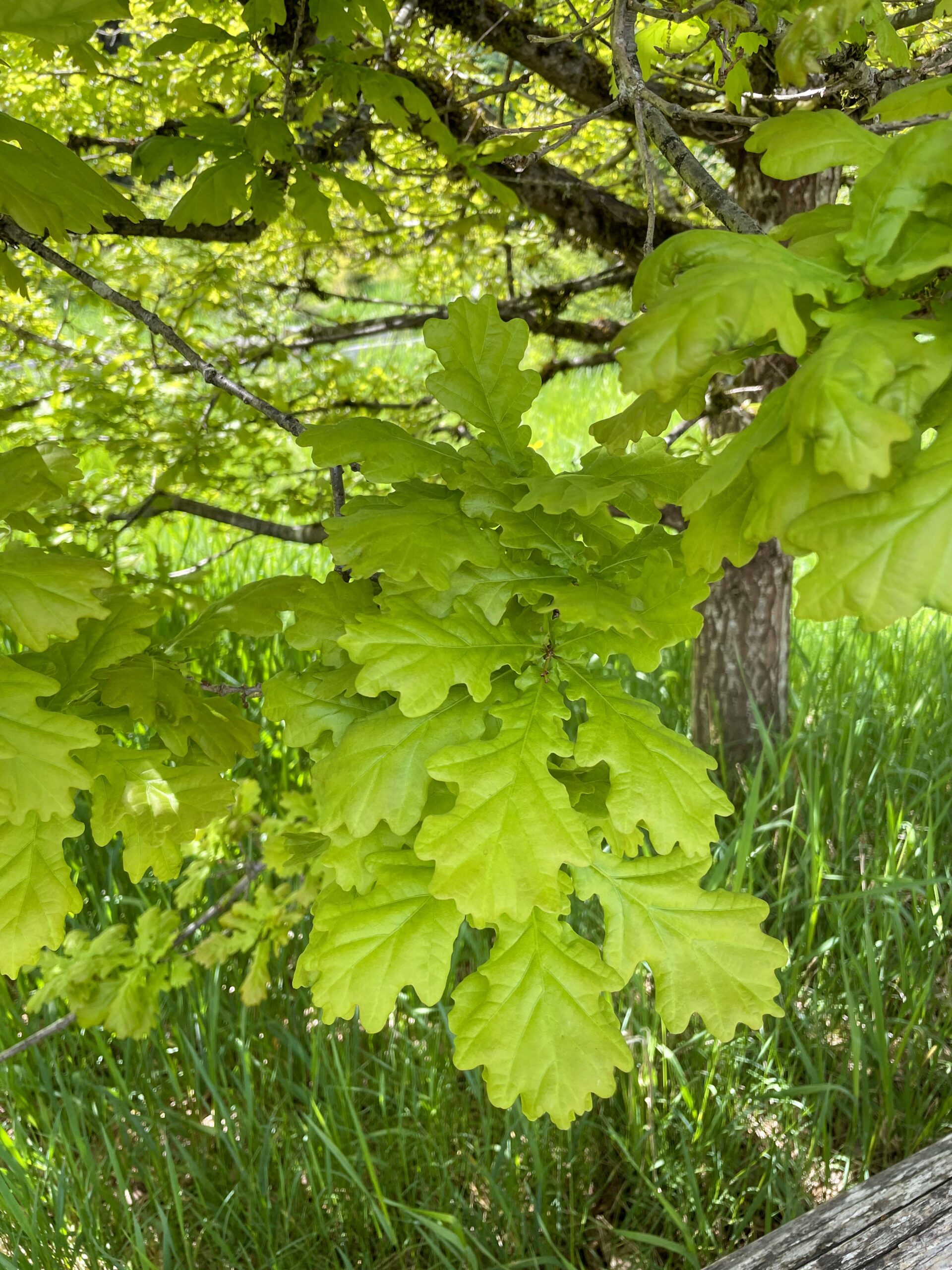 UNIVERSITY PARK, Pa. — A debate continues among scientists over whether tree composition in forests in eastern North American historically have been influenced more by climate or by cultural burning, which is the intentional and controlled use of fire by Indigenous people to manage their environment. A new study of southern New England forests … lends credence to the cultural burning hypothesis, suggesting that fire-tolerant vegetation — oak, hickory and pine — were significantly more abundant near Indigenous settlements over the last 5,000 years. “The results of this study strongly suggest that Native Americans extensively use fire and other disturbances such as land clearing for villages, agriculture and trails, and both directly and indirectly promoted fire-adapted trees,” said study co-author Marc Abrams, Penn State professor emeritus. “These trees were very important to the Native American diet because of the mast — nuts and acorns — they produced.”
UNIVERSITY PARK, Pa. — A debate continues among scientists over whether tree composition in forests in eastern North American historically have been influenced more by climate or by cultural burning, which is the intentional and controlled use of fire by Indigenous people to manage their environment. A new study of southern New England forests … lends credence to the cultural burning hypothesis, suggesting that fire-tolerant vegetation — oak, hickory and pine — were significantly more abundant near Indigenous settlements over the last 5,000 years. “The results of this study strongly suggest that Native Americans extensively use fire and other disturbances such as land clearing for villages, agriculture and trails, and both directly and indirectly promoted fire-adapted trees,” said study co-author Marc Abrams, Penn State professor emeritus. “These trees were very important to the Native American diet because of the mast — nuts and acorns — they produced.”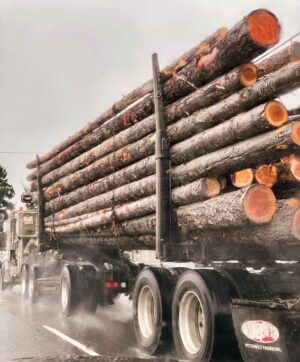

 The National Oceanic and Atmospheric Administration will no longer track the cost of climate change-fueled weather disasters, including floods, heat waves, wildfires and more. It is the latest example of changes to the agency and the Trump administration limiting federal government resources on climate change. NOAA falls under the US Department of Commerce and is tasked with daily weather forecasts, severe storm warnings and climate monitoring. It is also parent to the National Weather Service. The agency said its National Centers for Environmental Information would no longer update its Billion-Dollar Weather and Climate Disasters database beyond 2024. For decades, it has tracked hundreds of major events across the country, including destructive hurricanes, hail storms, droughts and freezes that have totaled trillions of dollars in damage. The database uniquely pulls information from the Federal Emergency Management Agency’s assistance data, insurance organizations, state agencies and more to estimate overall losses from individual disasters.
The National Oceanic and Atmospheric Administration will no longer track the cost of climate change-fueled weather disasters, including floods, heat waves, wildfires and more. It is the latest example of changes to the agency and the Trump administration limiting federal government resources on climate change. NOAA falls under the US Department of Commerce and is tasked with daily weather forecasts, severe storm warnings and climate monitoring. It is also parent to the National Weather Service. The agency said its National Centers for Environmental Information would no longer update its Billion-Dollar Weather and Climate Disasters database beyond 2024. For decades, it has tracked hundreds of major events across the country, including destructive hurricanes, hail storms, droughts and freezes that have totaled trillions of dollars in damage. The database uniquely pulls information from the Federal Emergency Management Agency’s assistance data, insurance organizations, state agencies and more to estimate overall losses from individual disasters. 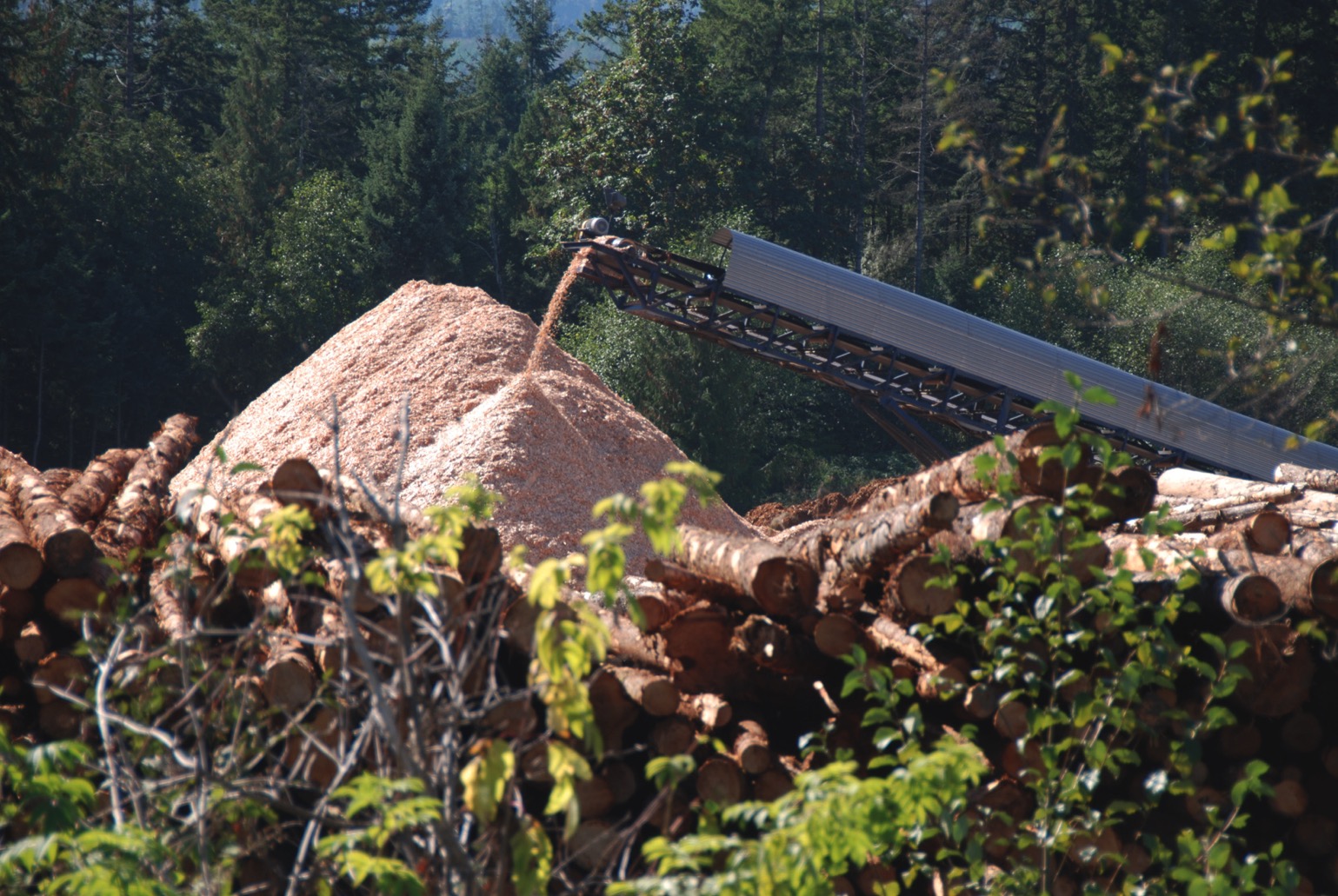 GRAND RAPIDS, Mich. —
GRAND RAPIDS, Mich. —  Wildfires driven by climate change contribute to as many as thousands of annual deaths and billions of dollars in economic costs from wildfire smoke in the United States, according to a new study. The annual range of deaths was 130 to 5,100, the study showed, with the highest in states such as Oregon and California. The paper, published Friday in the journal
Wildfires driven by climate change contribute to as many as thousands of annual deaths and billions of dollars in economic costs from wildfire smoke in the United States, according to a new study. The annual range of deaths was 130 to 5,100, the study showed, with the highest in states such as Oregon and California. The paper, published Friday in the journal